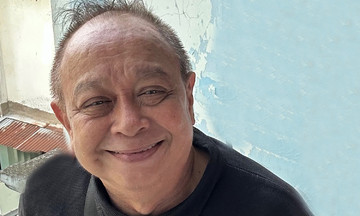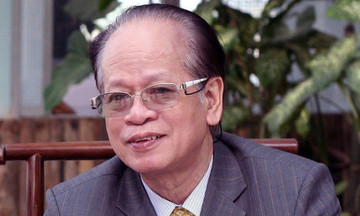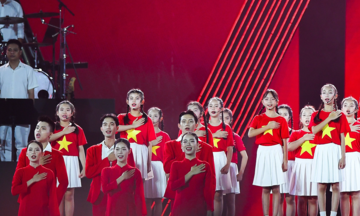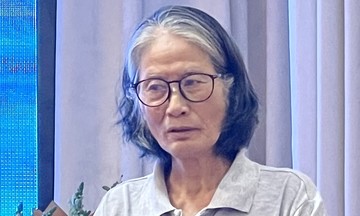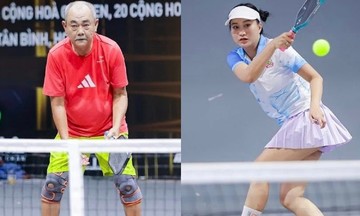After nearly a month in theaters, "Mua do" – a film about the battle to defend the Quang Tri Citadel – earned over 670 billion VND (Vietnamese Dong) according to Box Office Vietnam as of 18/9. The film attracted over seven million viewers, setting an unprecedented box office record domestically. This success is partly due to the visual effects, handled by 3DART, with hundreds of shots utilizing special effects.
Founder and architect Dinh Viet Phuong said the team comprised 70 members in 3D set design, data scanning, model design, and the VFX team. They accompanied the film crew from the first days of shooting. Not only responsible for digital effects, the team also crafted props to enhance realism, including silicon prosthetic limbs and models of burning people for the scene where the character Hai is immolated.
Pham Ngoc Anh, head of the VFX department, said complex scenes, such as warships at sea and planes dropping bombs, were created entirely using CGI. For the segment at Ta Con Airport (Quang Tri), the team had to remove trees and high-rise buildings digitally, while also expanding the space. Simple scenes took one to two hours, while more complex ones could take up to 30 hours. Director Dang Thai Huyen and cinematographer Ly Thai Dung directly approved all the work.
The VFX team was on-site in March, working until the end of July to complete the main part, and then continued to handle additional scenes right up to the release date. One of the biggest challenges was recreating the entire Quang Tri Citadel. They had to scan the location, rebuild it using 3D technology, and then add smoke, fire, explosions, and the color of the earth.
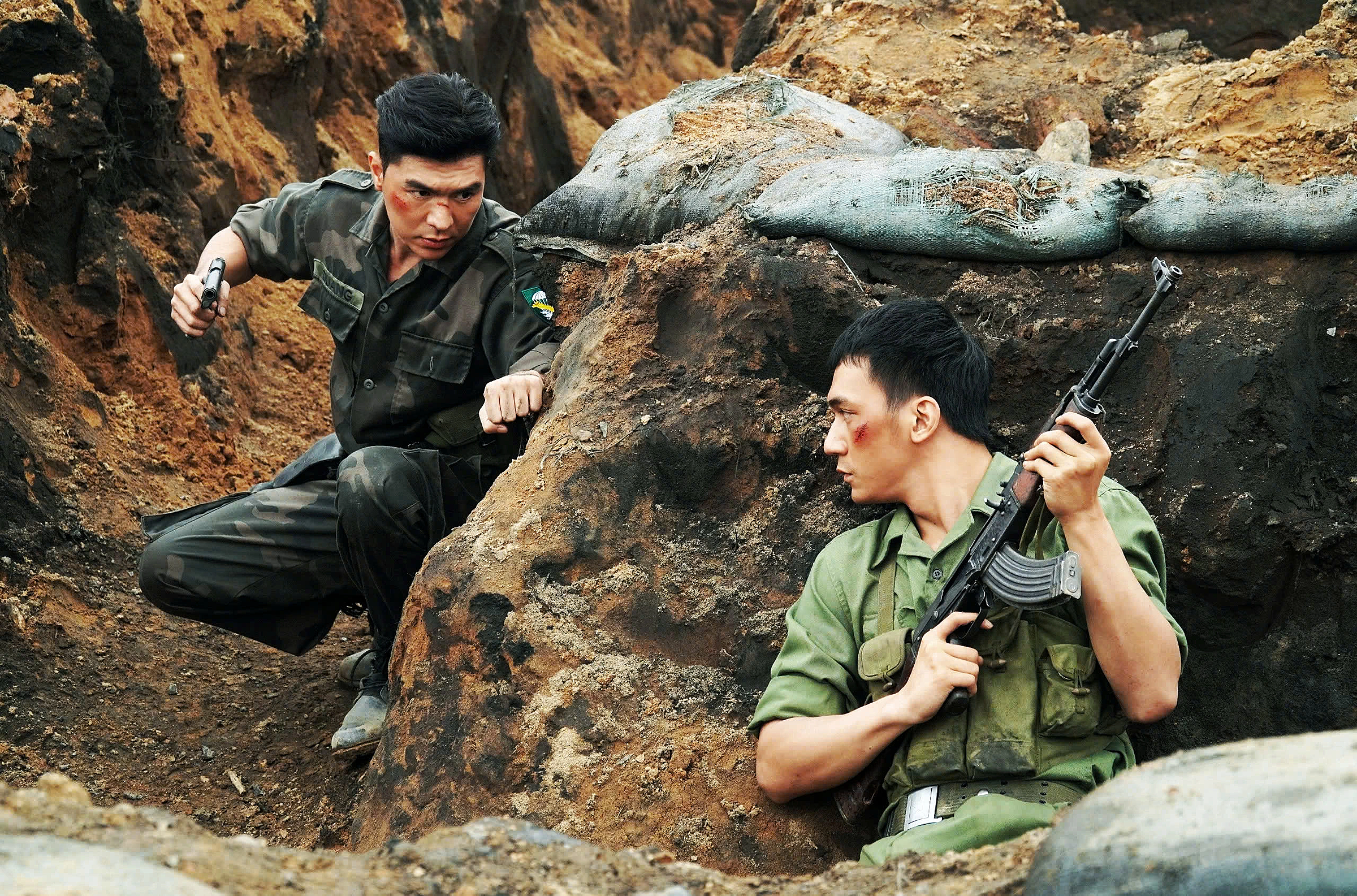 |
Actors Steven Nguyen (left) and Do Nhat Hoang in "Mua do". Photo: Provided by the film crew |
According to Ngoc Anh, it normally takes at least a year to process over 700 scenes, but this time it was completed in four months. In addition to large-scale scenes, the team added small details like dust during the fight scene between Quang and Cuong.
Previously, the company worked on films such as "Thuong nho o ai", "Cuoc doi cua Yen", "Khong thoi gian", and "Dia dao". "In 'Dia dao', we were one of three companies involved in the visual effects. But with 'Mua do', the workload was three times greater, while the time was less than half," said Ngoc Anh.
"Mua do" is produced by the People's Army Cinema, following the 81 days and nights of fighting to defend the Quang Tri Citadel. The film boasts grand sets and many large-scale battle scenes. The producer did not disclose the investment figure, but many estimate the film's budget reached hundreds of billions of VND. The crew built a 50-hectare film set on the banks of the Thach Han River. During filming, the crew used modern equipment and lighting. The cinematographer used up to seven cameras for many scenes.
The central character is Cuong (played by Do Nhat Hoang) – a conservatory student, generous and skilled in martial arts. He gives up the opportunity to study abroad to enlist in the army. During the fighting in Quang Tri, Cuong fights alongside his squad, including Ta - the squad leader, Binh, Tu, Hai, and Sen. They come from different regions, with different backgrounds and personalities, but share the same goal of fighting for peace.
Reflecting on the achievement, the team said the greatest joy was not the box office record but how the visual effects helped bring the story to life on the big screen. With a historical film, in addition to the script, visuals play an important role in evoking emotions and recreating the historical period.
"Every visual detail was considered to be true to the context, while also conveying the spirit of the film. We hope to touch the hearts of the audience," said Viet Phuong.
3DART originated from a 3D effects group in Hanoi, which participated in restoring the architecture of the old quarter and ancient Thang Long, before its official establishment in 2004. Besides providing digital solutions, the company aims to promote cultural and historical values and contribute to the community.
Que Chi




